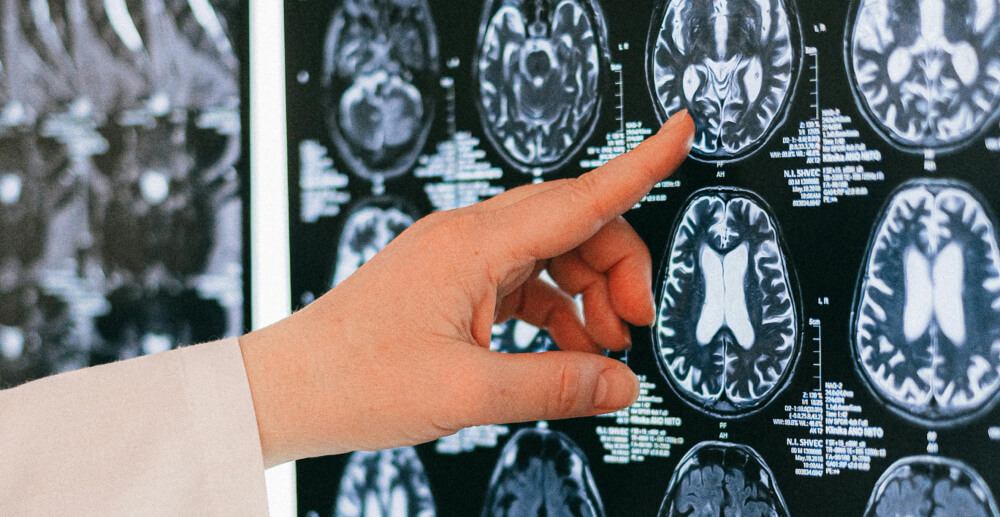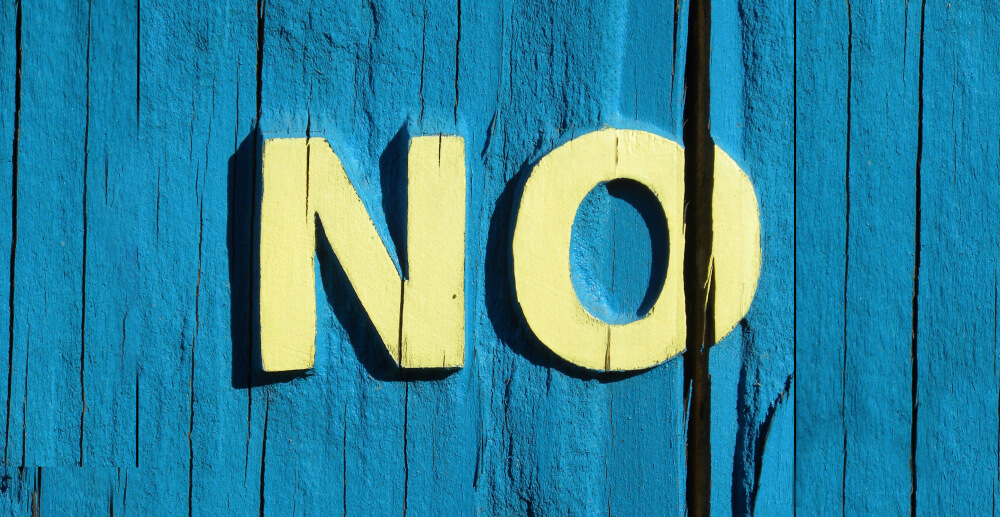Anyone who has quit an addictive substance understands how tough it is to get through cravings.
A craving doesn’t sound that difficult to get through, especially because we apply that word to so many things. I might say, “I’m craving a true crime podcast, any suggestions?” But when you’re in the midst of a craving for an addictive substance, it can feel all-encompassing and overwhelming. At that moment, it can be difficult to believe the craving will end.
Knowledge is power, so here’s some basic information about cravings. This can help you understand what’s happening in your body and mind when the urge to drink or use strikes you.
-
Cravings are a normal part of addiction recovery.
They don’t mean that you are weak, going crazy, or doomed to fail. (Even though it can feel like all of those things when you’re in the middle of a craving.) They are a result of the changes that substance use created in your brain. It takes time for your brain to adapt and learn new patterns, so cravings are very normal.
-
Triggers bring on cravings.
You have internal and external triggers—things like environments, feelings, and situations—that might cause you to want to drink or use. It’s important to work on understanding your triggers so you can navigate them and decrease your chance of being caught off guard by cravings. Some of Workit Health’s online addiction courses focus on discovering and navigating your triggers.
-
Cravings are temporary.
Although they can be entirely overwhelming in the moment, the moment will pass.
How long do cravings last? Duration tends to vary, and science hasn’t been able to pin down exactly how long cravings last, because the sensations are usually self-reported. But everyone seems to agree that the duration and strength of cravings can be influenced by the environment (again, stay away from triggers!), the length of time since you last used the substance, and the phase of addiction treatment you’re in.
-
The less you use, the fewer cravings you’ll have.
Cravings tend to be strongest and most frequent in early addiction recovery. I’m in long-term recovery myself, and at this time I no longer experience the cravings that plagued me in early recovery. If you’re struggling now, remember making it through the short-term cravings today will help you find long-term peace in the future. If you pick up in order to stop the craving, you will be starting the cycle over.
-
Medications can help with cravings.
You don’t have to resign yourself to sweating it out without help! Prescription medications can help relieve cravings for many substances, like alcohol and opioid addiction. Check with your doctor about what options are available to you. Workit Health offers medication for opioid addiction in many states.
-
Cravings can vary from person to person.
Cravings are powerful, but often less understood than other aspects of addiction because they are so subjective.
Dr. Xiaosi Gu, a cravings researcher, explains in Science Daily, “Even after an individual has broken the cycle of compulsive drug taking, craving can still persist. Although current treatment can handle a lot of the behavioral aspects of addiction, especially physical symptoms, craving is difficult to treat because it is a subject state. For example, when you are hungry, you have the urge to eat, but it is difficult to measure how compelling your urge to eat is in a quantitative way.”
This could explain why tools like craving logs and other trackers can be effective in recovery, as self-monitoring helps us better quantify and understand these individual and largely private experiences.
So how can you get through a craving right now? Hopefully reading through those six craving facts helped the craving fade just a little bit.
There are also a lot of strategies that can help you make it through a craving. Check out one of Workit Health’s most popular online addiction courses, Chill My Cravings Blizzard. If you need more support, check out Workit Health’s online addiction programs, including medication for opioid addiction and alcohol use disorder.








